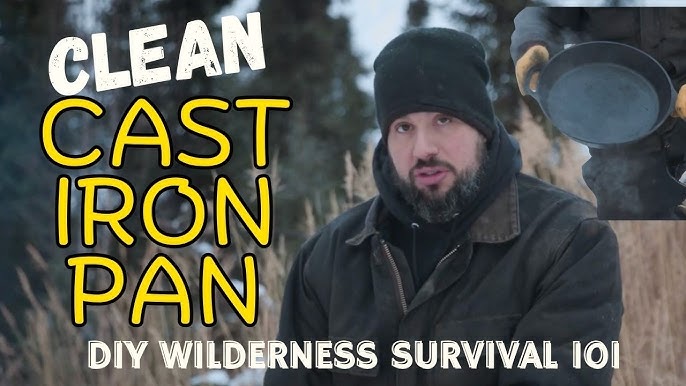
Reviving Cast Iron Cookware in Winter: A Homesteading Tradition
Cast iron. The name itself conjures images of crackling fireplaces, hearty stews, and generations of home-cooked meals. In the homesteading kitchen, cast iron isn't just cookware; it's a legacy. Durable, versatile, and capable of withstanding the test of time, these workhorses are a testament to resourcefulness and self-sufficiency. As winter settles in, blanketing the world outside in snow, the slower pace of life provides the perfect opportunity to nurture these beloved tools, giving them a new lease on life and ensuring they’re ready for another year of delicious meals. Winter is an ideal time for some cast iron winter care.
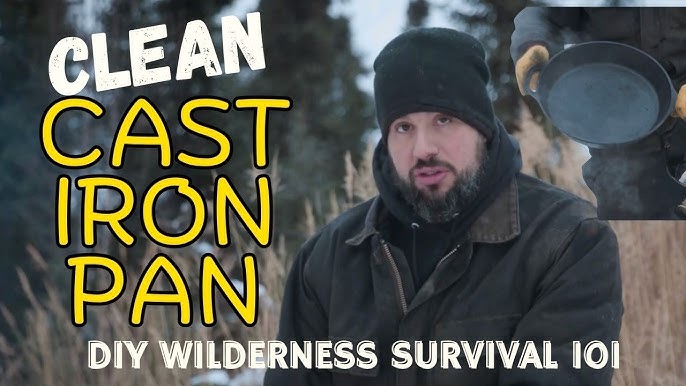
Assessing Your Cast Iron
Before you begin, take stock of your cast iron collection. Examine each piece carefully. Is it just surface rust, or is there deeper pitting and damage? Surface rust, characterized by a light orange or brown discoloration, is easily remedied. More severe damage, such as cracks or significant warping, may render the cookware unsafe to use.
Different types of cast iron, from skillets and Dutch ovens to griddles and waffle irons, have distinct uses. Skillets are ideal for frying, sautéing, and baking. Dutch ovens excel at braising, stewing, and even baking bread. Griddles are perfect for pancakes, bacon, and grilled cheese sandwiches. Understanding the intended use of each piece will help you prioritize your restoration efforts. When assessing cast iron cookware repair service availability is also a key factor to assess if you're unable to tackle this yourself.
Remember to prioritize safety. Always wear gloves when handling rusty cast iron to protect your skin from cuts and tetanus. Work in a well-ventilated area, especially when using cleaning solutions or dealing with significant rust.
The Restoration Process: A Step-by-Step Guide
Here's a detailed guide to restoring your neglected cast iron and preparing it for years of faithful service. You may even want to look at a cast iron restoration kit if you're working with many pieces.
Initial Cleaning: Begin by removing loose rust and debris. Use a stiff-bristled brush, such as a wire brush, to scrub the surface vigorously. Rinse the cast iron with very hot water to remove any remaining particles. This helps remove any loose cast iron rust during winter so you can proceed further.
Removing Rust: For surface rust, the combination of 0000 grade steel wool and Dr. Bronner's Sal Suds Biodegradable Cleaner is a powerhouse. Apply a small amount of Sal Suds to the steel wool and scrub the affected areas in circular motions. The gentle abrasiveness of the steel wool, combined with the degreasing power of Sal Suds, will lift the rust without damaging the underlying iron.
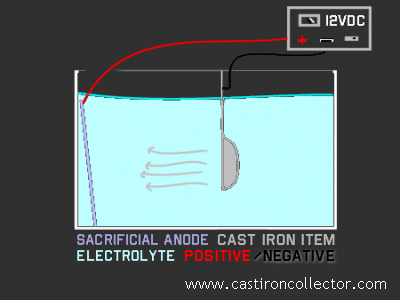
For more stubborn rust, a vinegar bath may be necessary. Create a 50/50 solution of distilled white vinegar and water. Submerge the cast iron in the solution, ensuring it is fully covered. Check the progress every 15 minutes, and do not soak for more than 30 minutes. Prolonged soaking can damage the iron. After the vinegar bath, scrub again with steel wool and Sal Suds to remove the loosened rust. It's important to know how to clean rusted cast iron skillet before proceeding.
Complete Removal (Optional): For heavily rusted pieces, electrolysis can be a highly effective method for rust removal. This process uses an electric current to separate the rust from the iron. For a detailed explanation of electrolysis cleaning, refer to this helpful resource: Electrolysis Cleaning.
Seasoning: Seasoning is the key to creating a non-stick surface and protecting your cast iron from future rust. Thoroughly dry the cast iron immediately after cleaning using a clean, lint-free cloth. Even a little moisture left can ruin your efforts. Apply a very thin layer of Crisco shortening to all surfaces, inside and out. The key here is thin. Use a clean cloth to wipe off any excess shortening. This prevents the formation of sticky residue. Bake the cast iron in a preheated oven at 450°F (232°C) for one hour. Place the cast iron upside down on the middle rack with a baking sheet underneath to catch any drips. Let the cast iron cool completely inside the oven. Repeat this seasoning process 2-3 times for a durable, non-stick finish. This is also how you season cast iron in winter to prevent further rust.
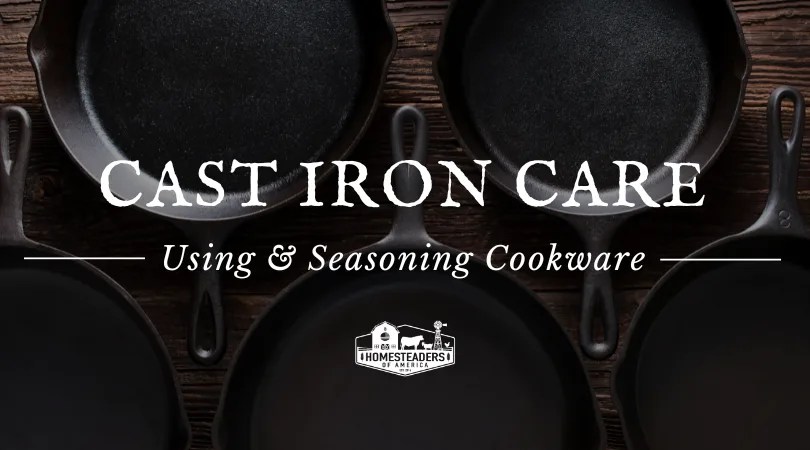
Safe Disposal
If you have cast iron cookware that is heavily damaged (cracked, warped) and cannot be salvaged, it’s important to dispose of it safely. Allow the rust to cool completely before handling it. Dispose of steel wool separately from other waste. Contact your local recycling center or scrap metal dealer to inquire about proper disposal methods. If you need to dispose of broken pieces, wrap them securely in heavy-duty cardboard and label them clearly as "broken metal" to prevent injury during handling.
Winter Recipes in Restored Cast Iron
What better way to celebrate your restored cast iron than with a delicious winter recipe? Try this simple yet satisfying cast iron cornbread recipe, perfect for warming you up on a cold day. This is a great way to utilise your cast iron during winter cooking.
Cast Iron Cornbread Recipe
- 1 tablespoon rendered bacon fat (or oil)
- 1 cup coarse ground cornmeal
- 1 cup all-purpose flour
- 1/4 cup sugar
- 1 tablespoon baking powder
- 1/2 teaspoon salt
- 1 cup milk
- 1 egg
- 1 tablespoon molasses
Preheat oven to 400°F (200°C). Place bacon fat in a 10-inch cast iron skillet and put in the oven while it preheats. In a bowl, whisk together cornmeal, flour, sugar, baking powder, and salt. In a separate bowl, whisk together milk, egg, and molasses. Pour the wet ingredients into the dry ingredients and stir until just combined. Carefully remove the hot skillet from the oven. Pour the batter into the hot skillet and bake for 20-25 minutes, or until golden brown and a toothpick inserted into the center comes out clean. Serve warm with honey butter. The cast iron skillet gives the cornbread wonderfully crispy edges and a moist, tender interior.
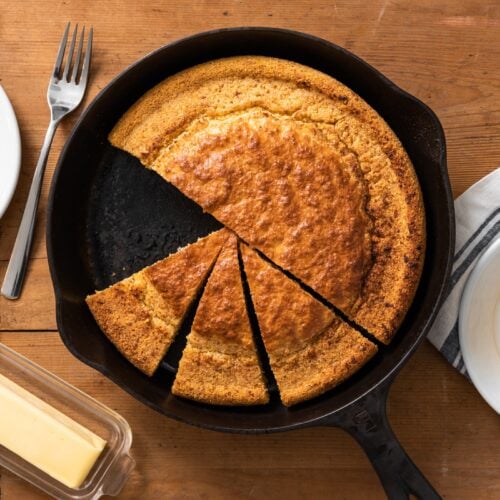
Maintaining Your Cast Iron
Proper maintenance will ensure your restored cast iron stays in excellent condition for years to come. After each use, clean the cast iron with hot water and a brush. Avoid dish soap unless absolutely necessary, as it can strip the seasoning. Dry the cast iron thoroughly immediately after washing by placing it on a warm burner. Finally, lightly oil the surface with a thin coat of cooking oil and wipe away any excess with a clean cloth before storing. These are key winter cast iron maintenance tips.
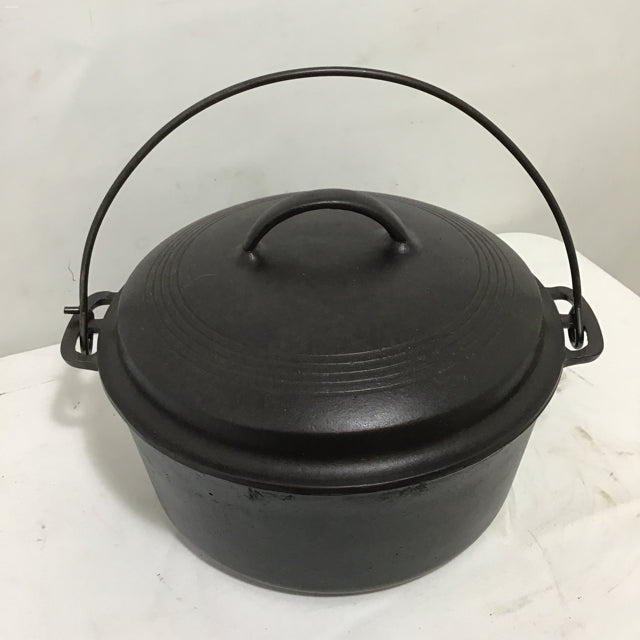
Embrace the tradition of restoring cast iron, connect with a rich history of homesteading, and provide yourself with durable, versatile cookware that will last a lifetime. Gather your family around a warm table, enjoying a meal cooked in a cherished cast iron skillet, and savor the fruits of your labor and a tangible connection to generations past.